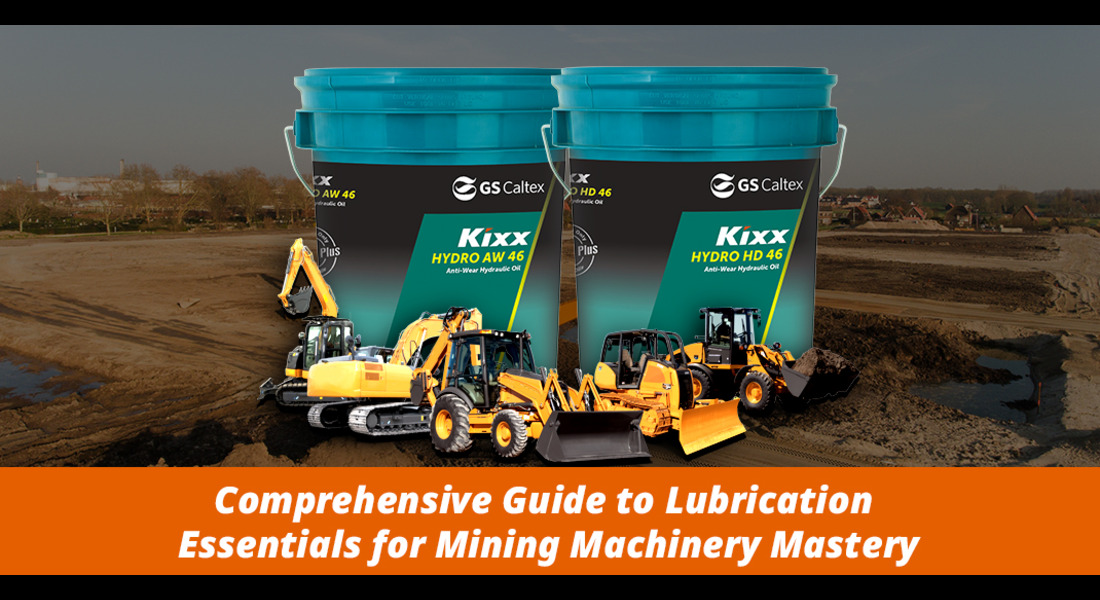28-03-2024

Table of Content
- The Significance of Lubrication in Mining Machinery
- The Role of Lubrication in Preventing Machinery Failures
- Best Practices for Effective Lubrication Management
- Addressing Common Lubrication Challenges in Mining
- Leveraging Technology in Lubrication Management
The Significance of Lubrication in Mining Machinery
Big machines that dig for minerals must work in very hard conditions. They deal with dust, dirt, very hot or cold temperatures, and shaking all the time. Lubrication helps keep these machines running. It lessens how parts rub together and protects against damage over time. Grease and oil also help machines stay healthy in the difficult places they work.Understanding the Basics of Lubrication
Lubrication is all about lessening how much two metal parts touch each other directly, decreasing wear and making machine parts last longer. Lubricant Oil For Bike come in different types - oils, greases, and man-made fluids, each made for certain conditions and needs in mining work. Oils slide between parts easily. Greases stick to parts and provide lubrication over a long time. Synthetic fluids are human made to withstand very hot or cold temperatures.Types of Lubricants and Their Applications
- Oils are best for parts that move fast and have small pieces, like gears. They help things move smoothly and get rid of extra heat.
- Greases are good for things that work hard in wet places with dirt, like machines outside. They last a long time and keep water and dirt out.
- Synthetic lubricants are made for very hot or squeezed parts. They work well under pressure and high heat, protecting parts and making them last.